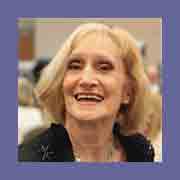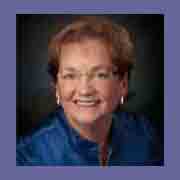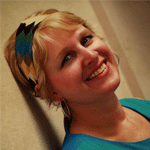They told me to go home and come back in a couple of hours after the operation had been done. That’s when I realized that this hospital was set up to serve people who lived nearby, in the middle of the city, not out-of-towners like me. For me, the round trip home and back would take three or four hours, providing that traffic conditions were good.
The visitor waiting rooms were closed due to COVID-19 restrictions. So, for the next six hours, I haunted the halls of the hospital’s main floor and the basement level below it. In spite of the heavy restrictions on visitors, no one seemed to notice that I was wandering around with no discernible purpose for being there.
I got a lot of exercise walking and climbing up and down stairs, evidence that hospitals are dedicated to improving people’s health. I managed to find an empty chair, safely socially distant from other chairs, in the coffee shop during an off-peak moment and ate a small, overly expensive but nutritiously balanced meal. I had already been in the hospital for six hours before my peripatetic sojourn began, so I was, if not actually feeling very hungry, at least in need of nourishment.
As I wandered, I examined each of the many artworks lining the halls, some of them twice, but understood few of them. No one else seemed to be paying any attention to them, which made me wonder why they were there. Were they worth all the expense and fuss and public praise of the gifts of wealthy patrons to this charitable institution?
As I waited, I watched the passing flow of hospital workers, patients, and visitors, all masked to hide their identity from inquisitive viruses anxious to invade their privacy.
As I sat unobtrusively in a chair by the wall, I noted that about half of those going past walked with their toes pointed straight forward. These people seemed efficient, focused, purposeful, knowing exactly where they were going and what they were doing. Another half seemed to walk with their toes pointed somewhat outward to the side. These people seemed more casual and relaxed, less focused. A few odd people walked with their toes pointed slightly inward toward each other, but these were just a few individuals, out of synch with the rest of the world. It was hard to tell about the people in wheelchairs. When I got up again to resume walking, I noticed that I, with my usual balanced approach to life, walked with one foot pointing forward and the other pointing out to the side, a moderate amount.
The hospital staff were a varied lot. Some seemed rushed, grabbing a chocolate bar and a coffee to keep them functioning as they rushed off to help their next patient. Some carried bike helmets and plastic containers full of homemade salad. Some were overweight. I had seen some of these dedicated health professionals earlier retreating to a quiet corner of the lawn outside to have a smoke.
At one end of the hall was an imitation stained glass display celebrating the hundredth anniversary of the hospital’s school of nursing, whose founding seemed to have been inspired by Florence Nightingale. One of the images seemed to show a nurse in clerical vestments. Prominent on the display was the motto NON MINSTRARI SED MINISTRARE. I wondered how many passersby (or how many of the current nurses for that matter) knew what these Latin words meant or that they were inspired by Jesus’ words in Matthew 20:28, saying that He “did not come to be served, but to serve.”
After six hours, I was informed (by cell phone) that she wouldn’t be coming home today and that I should go home. I wondered what I had accomplished by wandering the halls all afternoon, but I was reminded of Christian poet John Milton’s words: “They also serve who only stand and wait.” Nevertheless, I did as I was told and went home, a long, lonely journey in the dark.
There was a happy ending. The next day, I returned to the hospital, picked her up, and took her home. It was another exhausting four-hour round trip, another long hospital day.
































































Made me laugh
LikeLiked by 1 person